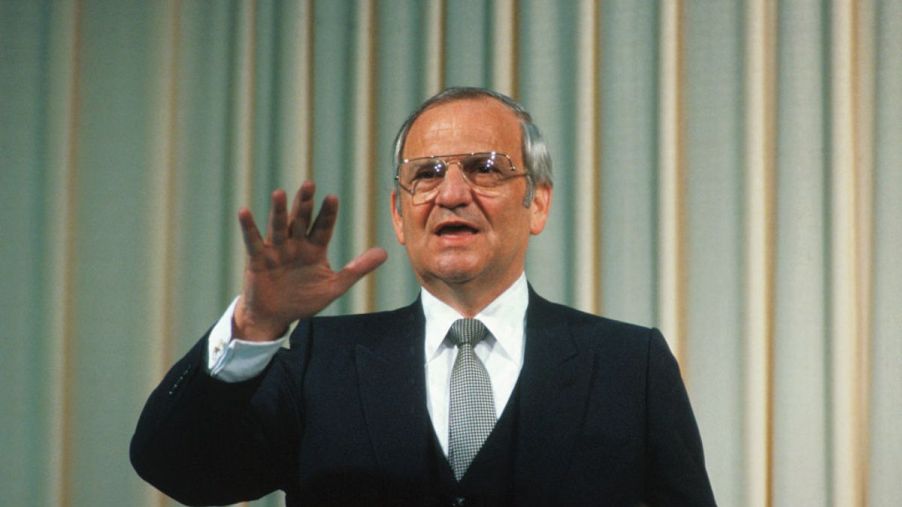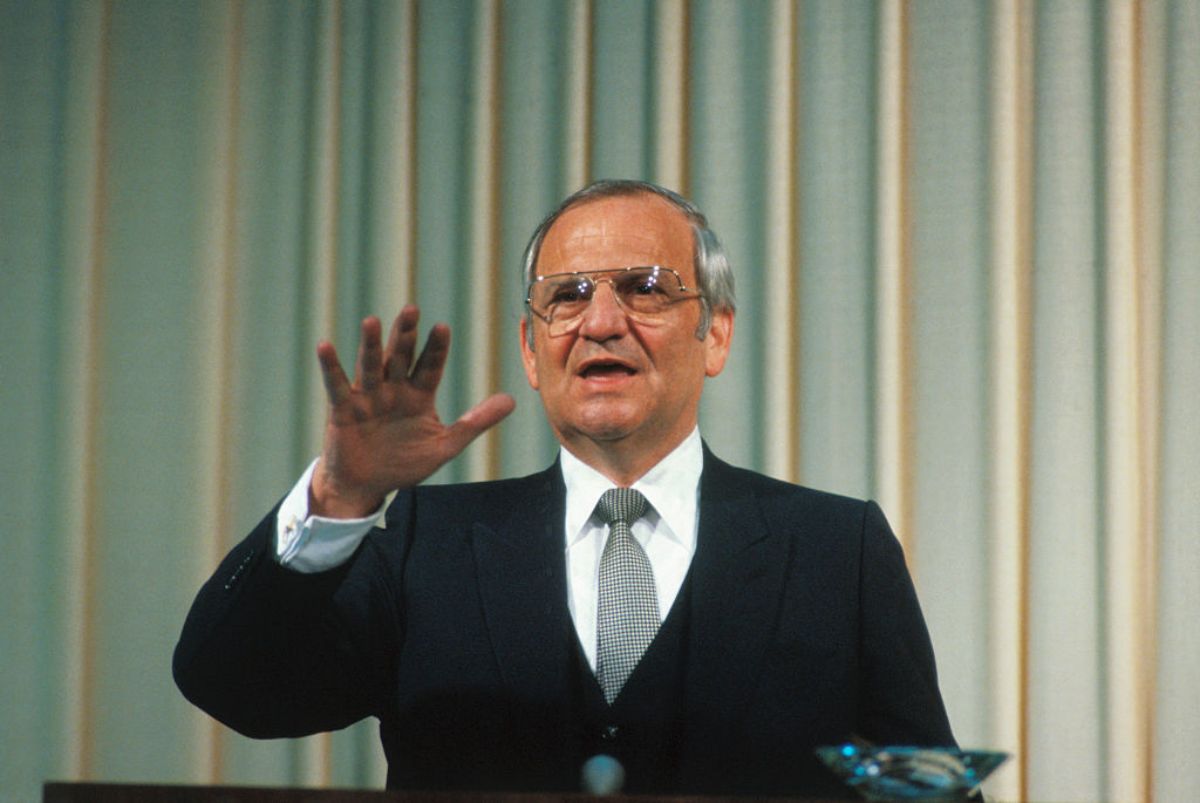
We Have 1 Man to Thank for the Modern Minivan
The minivan carries the reproach, at least among many consumers, of being the ultimate expression of a person giving up on the idea of ever being “cool” again. But for those who can shake the stigma, the minivan is the quintessential, practical mover of families and their stuff.
Though minivans have suffered in popularity with the rise of crossovers and SUVs, the minivan continues to outshine other vehicle classes for overall pragmaticism and efficiency in transporting a brood. And we have a member of automotive royalty to thank for it.

Lee Iacocca envisions the modern minivan
Play a game of automotive word association, and many attribute “Lee Iacocca” with “Mustang.” But the man responsible for bringing the pony car to fruition also spearheaded efforts to bring the minivan—the car those former Mustang buyers needed after suddenly needing to fit a car seat to the model in their garage—to the mainstream.
In the mid-’70s, Iacocca formulated the idea for a front-wheel drive “mini” van. Most vans up to that point were either utilitarian work vehicles or ultra-niche people movers like the Fiat 600 Multipla or Volkswagen Bus. Iacocca envisioned a small but practical minivan, one that could still fit in a standard garage, that was utilitarian but simultaneously looked and drove more like a family sedan.
While still at Ford, Iacocca led the creation of a prototype minivan which was created in secrecy in the Blue Oval’s proverbial and literal basement. The radical idea, a small, family-oriented minivan, was apparently too radical for Ford, which wouldn’t sign off on further development of Iacocca’s creation, claims Business Insider.
Lee Iacocca brings the minivan to the masses
Despite Ford’s hesitation, Iacocca forged ahead with his van plan. Iacocca retained the rights to his minivan creation, and after taking over the reins as CEO and president of Chrysler—where the idea for a minivan on one of the automaker’s front-wheel drive platforms was already underway—he turned the idea into reality.
The Plymouth Voyager and Dodge Caravan each debuted for the 1984 model year riding on Chrysler’s front-wheel drive S Platform. True to Iacocca’s vision, the Voyager and Caravan offered a roomy, three-row interior, sliding rear doors, they drove like a typical family sedan and could fit in a standard garage.
They were an instant hit. Over 200,000 Chrysler minivans were sold in their first year on the market. The initial and subsequent popularity of Chrysler’s minivans allowed the company to remain viable. Just a few years before the Caravan and Voyager hit the market, Chrysler received a $1.5 billion loan from the federal government to keep the automaker afloat.
A host of new rivals emerge
Other automakers weren’t content to sit on the sidelines after the immediate success of Chrysler’s minivans, spawning an all-new rivalry among models in an all-new vehicle class.
In 1985, Chevrolet entered the fray with its Astro, and Ford, which originally dismissed Iacocca’s minivan prototype, introduced the Aerostar in 1986, followed by the Windstar in 1995. Toyota, Mazda, Nissan, and Mitsubishi also got into the van game in the mid-’80s, but Chrysler’s Japanese and American rivals couldn’t compete with Iacocca’s brand that created the market.
Chrysler sold over one million minivans by 1987, the same year in which they company unveiled its longer-wheelbase options, the Grand Caravan and Grand Voyager, and began exporting its vans overseas. Chrysler’s dominance of the minivan segment continued into the ’90s. The company sold its five-millionth minivan in 1995 and moved an additional three million units by 1999.
Though minivan sales are nowhere near as high as they were a few decades ago, Chrysler continues to lead the pack. Nearly 100,000 Pacifica minivans were sold over the first three months of 2023, significantly more than that of the Toyota Sienna, Honda Odyssey, or Kia Carnival, per GoodCarBadCar.
Iacocca may not have been solely responsible for introducing the world to the minivan, but his vision did create one of the most popular—and polarizing—automotive segments. And though the minivan may not be as popular as it was during Iacocca’s heyday, they remain the ultimate practical, comfortable, and efficient family haulers.



